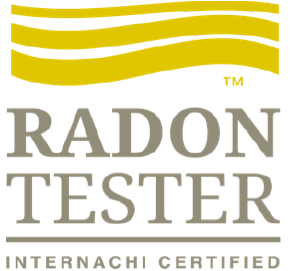What is the risk to your family?
The dangers of radon
According to the EPA, Radon has been established as the second leading cause of lung cancer,right behind cigarette smoke. Due to radon’s nature, all members of your family could suffer from its effects.
The EPA estimates that over 21,000 deaths per year are preventable by lowering the radon levels in your home below the acceptable level of 4 pCi/L.
Unfortunately, there are potentially lethal levels of radon in many homes. It’s been found that every state has levels of radon high enough to pose a danger. The amount of radon in your home depends on how resistant your house is. This means that your home may have a high level of radon even if your neighbors’ house seems to be fine.
Worried your home may be dangerous? Check out the Environmental Protection Agency’s Map of Radon Zones to determine if your county is on the list.

